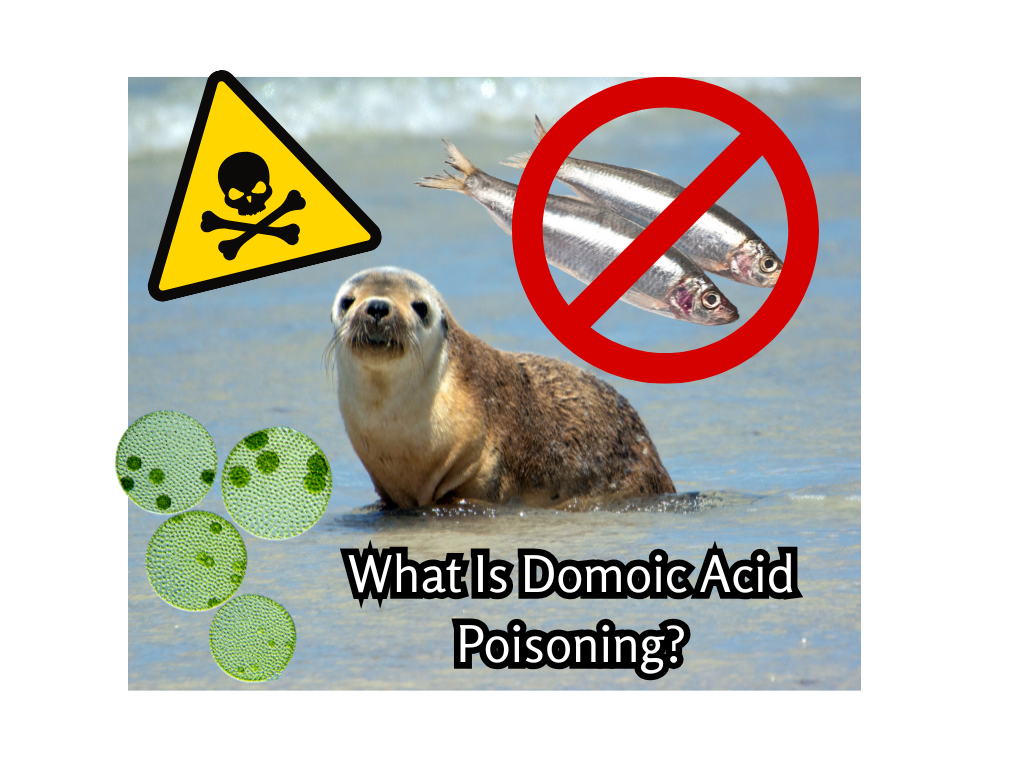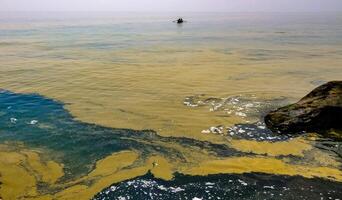What Is Domoic Acid and How Does It Affect Marine Life? (2025)
Pelagic ProblemsAround February 2025, So.Cal's famous coastal waters became the epicenter of one of the most severe marine wildlife crises in recent history. An unprecedented toxic algal bloom, primarily composed of the diatom Pseudo-nitzschia, released domoic acid—a potent neurotoxin that can cause seizures and heart failure, has wreaked havoc on local marine mammals. But even if you have not been near a sea lion any time soon, you should still BEWARE of consuming any fresh shellfish during times of domoic acid algae blooms.

Diatoms are tiny, single-celled, living algae that rely on photosynthesis and ideal water temperature conditions to survive. It is when these microscopic plant like organisms (algae) rapidly growth in large amounts that these diatoms can release domoic acid into the water. Scientist suspect that this may be a defense mechanism from these microscopic plants to protect themselves from their small fish and zooplanktonic predators, similar to how spicy chili peppers release capsaicin to protect their seeds from mammalian predators.
These toxic blooms can be extremely deadly for local wildlife and for humans. As smaller oceanic creatures eat this unhealthy algae, making its way up the food chain.

Excess nutrients in the water can cause the algae to produce harmful toxins that poison marine life, and can contaminate local seafood and pose health risks to humans through direct contact or by eating affected fish (shellfish included).
These algae blooms usually occur because of two main reasons:
- warming ocean water temperatures
- excess nutrient absorption due to pollution runoff from local water sources that carry out to the ocean (e.g: agricultural fertilizer, sewage, oil/gas, animal waste, pesticides, etc.)
Large toxic algae blooms can block sunlight from reaching underwater plants, a process called eutrophication. The lack of sunlight and oxygen will eventually kill all plants, and will eventually have a deadly impact on other local species (fish, invertebrates, mammals, etc). These areas are called dead zones because nothing can survive when this process occurs.

(Image depicting numbered, step-by-step process of eutrophication.)
(Image depicting thick, green algae bloom on the ocean surface.)


